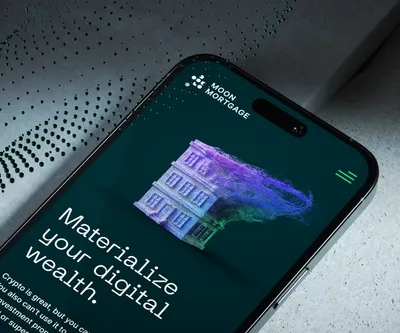
Crafting a peer-to-peer marketplace with NFTs as collaterals
Zexus Finance needed a platform capable of directly connecting borrowers and lenders, enabling them to exchange ERC-20 tokens using NFTs as collaterals. This groundbreaking idea required a robust design and the leveraging of smart contracts to secure the borrowed funds while offering a smooth and efficient financial experience.
Services
Technologies
Introduction and Goals
While the existing peer-to-peer financing platforms can speed up transactions when borrowers and lenders align perfectly, it usually requires extended communication and adjustment of the offer before a final agreement is reached. Zexus has partnered with 10Clouds to remove this bottleneck.
Recognizing the vast potential of NFTs and their diverse functionalities, we aimed to address the growing demand for NFT financing by offering a user-friendly, one-stop solution. We tackled the "matching speed" challenge by adopting a secure peer-to-peer model, profoundly streamlining the borrowing/lending process.
Our initial goals included having a platform MVP ready within two months. As a result, a robust marketplace that would connect borrowers and lenders seamlessly has come into being, equipped with functionalities that empower informed financial decision-making.
Additionally, we focused on establishing a strong brand identity to solidify Zexus’s position within the NFT financing landscape.
Challenges
For our solution to work out, we had to merge a blockchain-powered back-end with a well-designed and reliable front-end, so deals on the platform could be done quickly and comfortably.
Developing the platform presented several major challenges. The first was adhering to a fixed budget, which required constant prioritization and tough decisions regarding which features were most crucial for the initial MVP. This careful balancing ensured the project stayed on track while delivering a solid foundation for future development.
As far as the back-end is concerned, the most challenging part was to prepare the testing environment that was easy to manage, yet integrated with all important services.
This required us to either:
- Use a testnet (eg. Sepolia) that was supported by external API, like NFT API from Alchemy (fetching tokens owned by address), and OpenSea (token valuation).
- Or create a local blockchain and mock the requests.
Another significant hurdle involved integrating the blockchain-based features. Direct communication between frontend, backend, and the blockchain often led to connectivity issues. Close collaboration between front-end developers and blockchain specialists was necessary to ensure seamless integration and functionality.
Additionally, data stored on both the backend and the blockchain required meticulous synchronization - a responsibility handled at the front end.
The Process
The Process
UX Design
Backend
Frontend
Make sure that your product idea meets the market needs exactly.
Contact usDeliverables
Deliverables
Web application
Branding
Business impact
- The borrower can release liquidity from their NFT assets, not missing out on potential investment opportunities, while getting back NFT ownership by paying back the total loan principal and interest fee
- In return, the lender (liquidity provider) receives a decent APR from the “Borrower.” If the borrower defaults, the lender will acquire ownership of the collateral NFT
- Flexibility - providing the ability to extend the loan and early repayment options
- Value-added supports - the platform provides functions like NFT valuations and trading statistics data serving as a reference for users’ decision-making
- Enhanced efficiency - the interaction tool and user statistic chart function can greatly improve the matching efficiency
- Multi-chains and multiple collateral support



